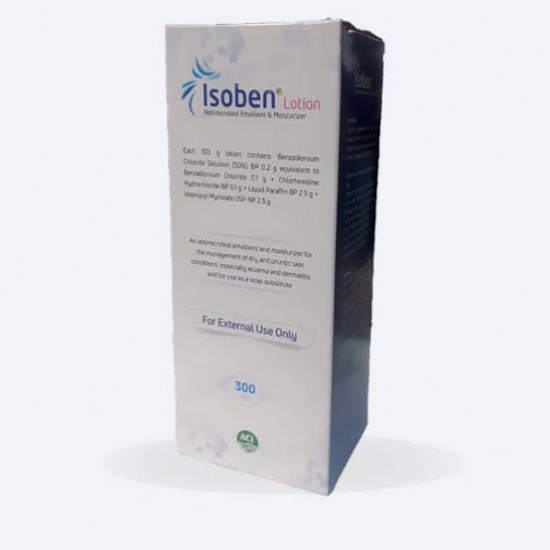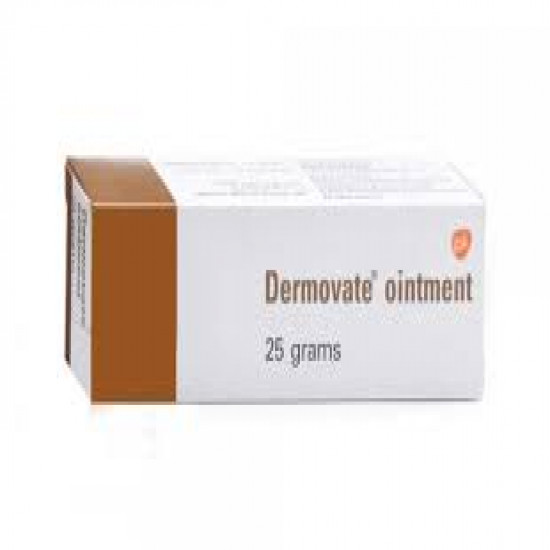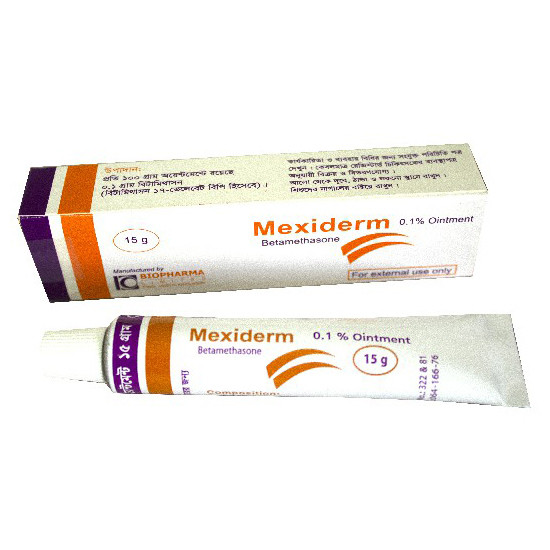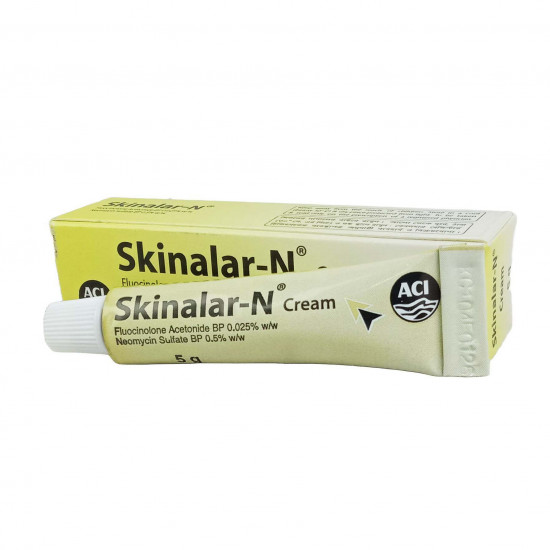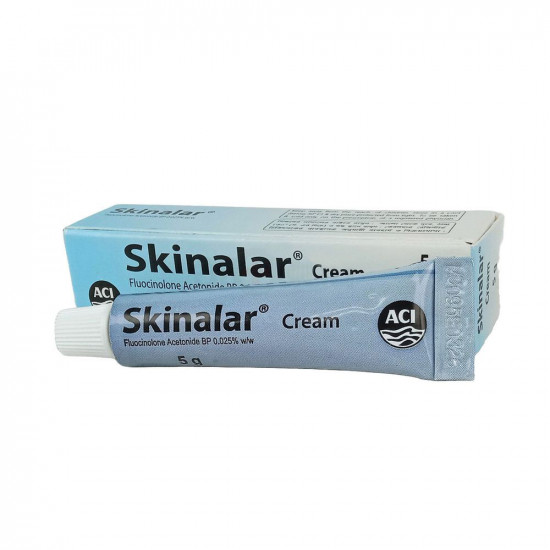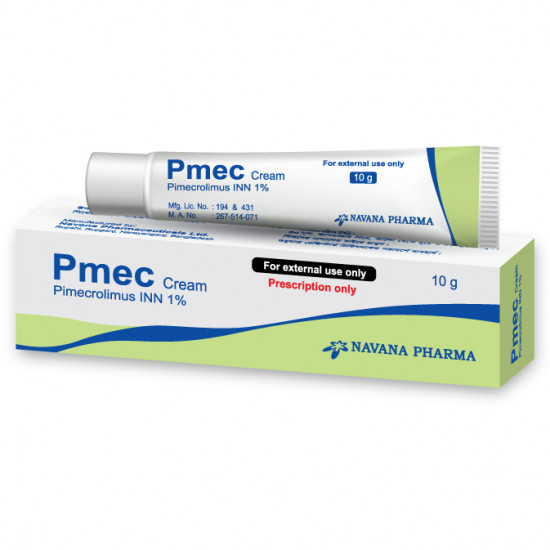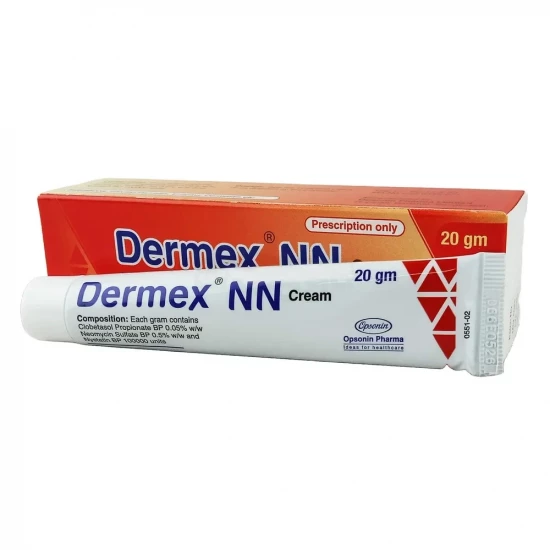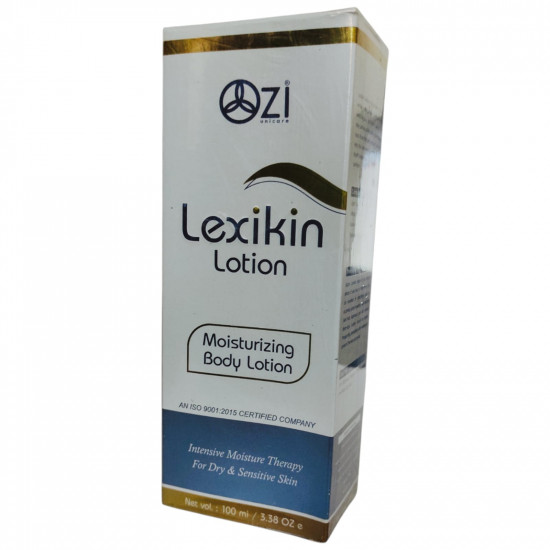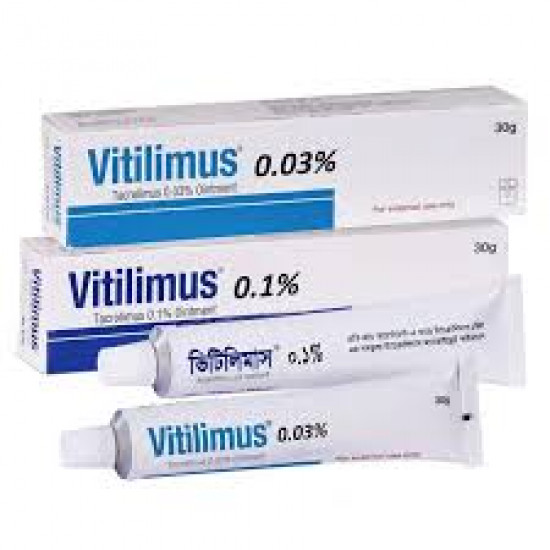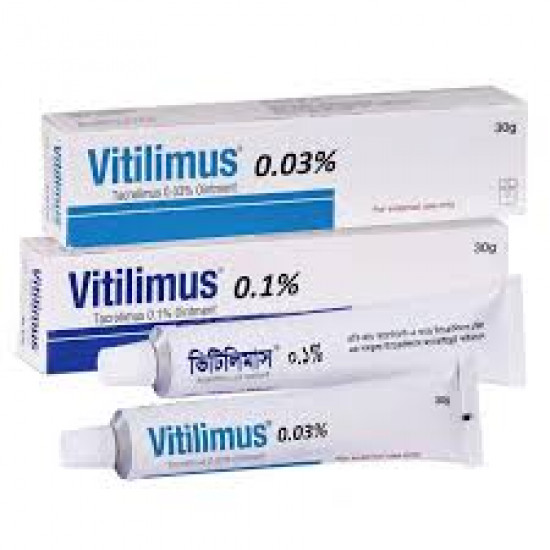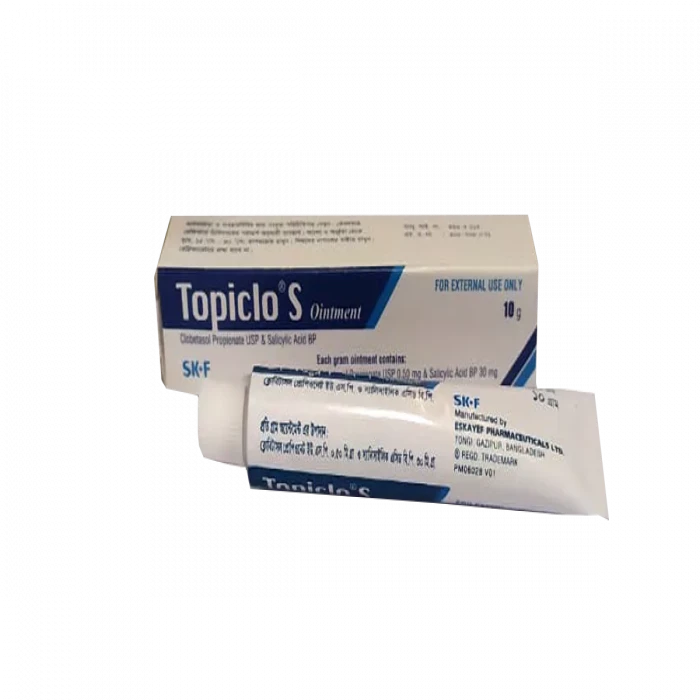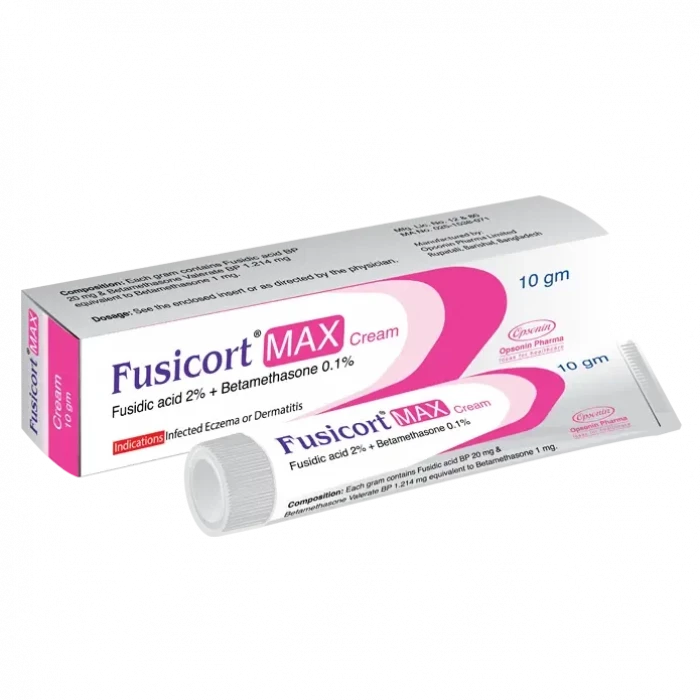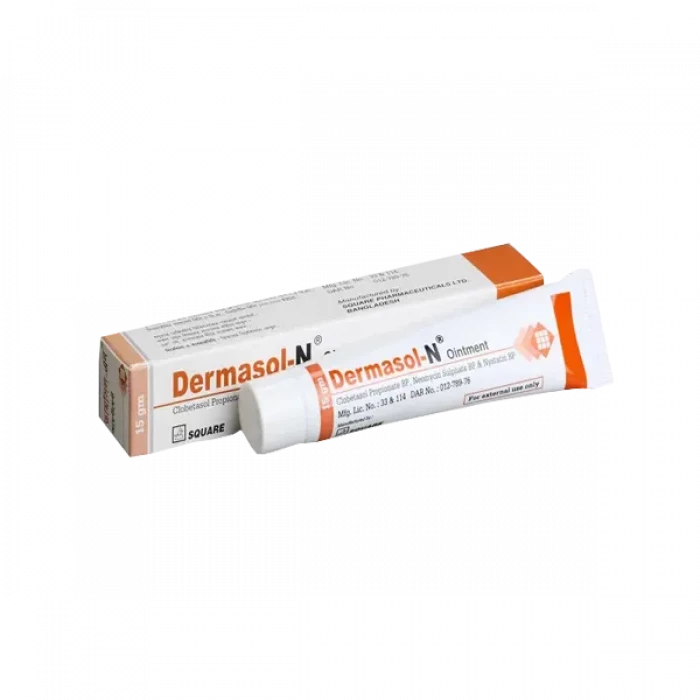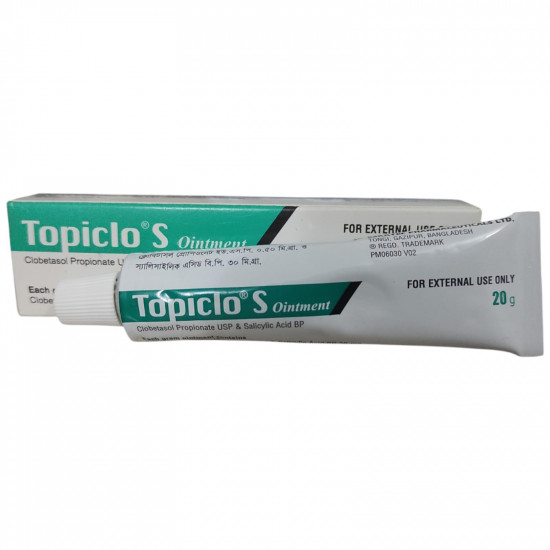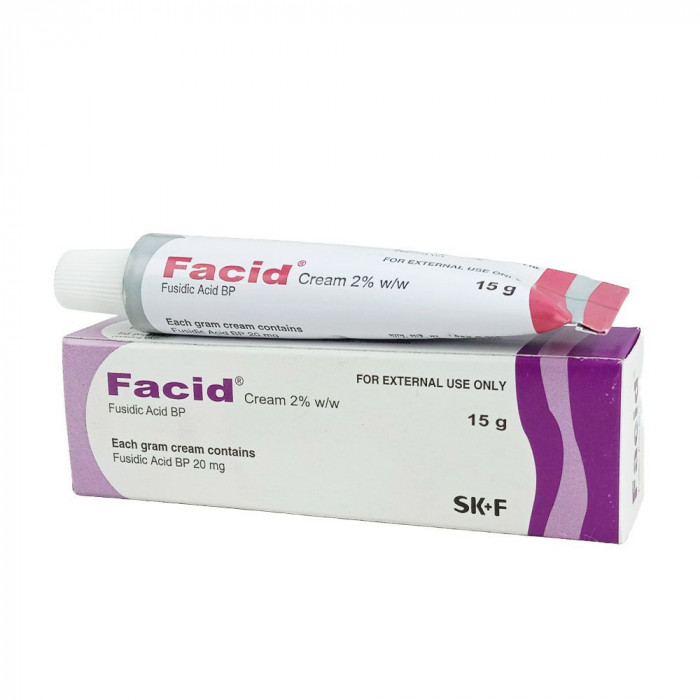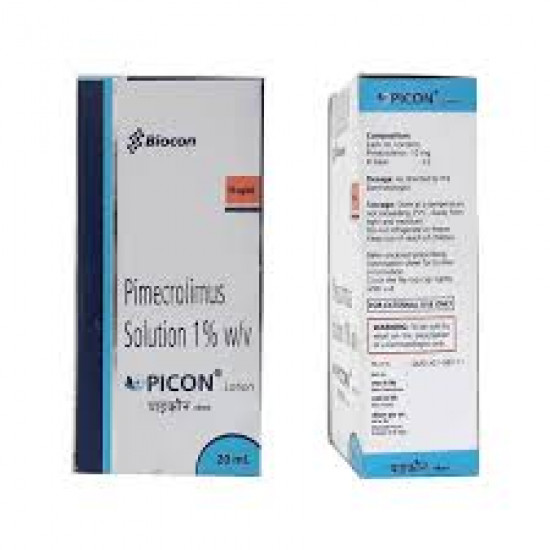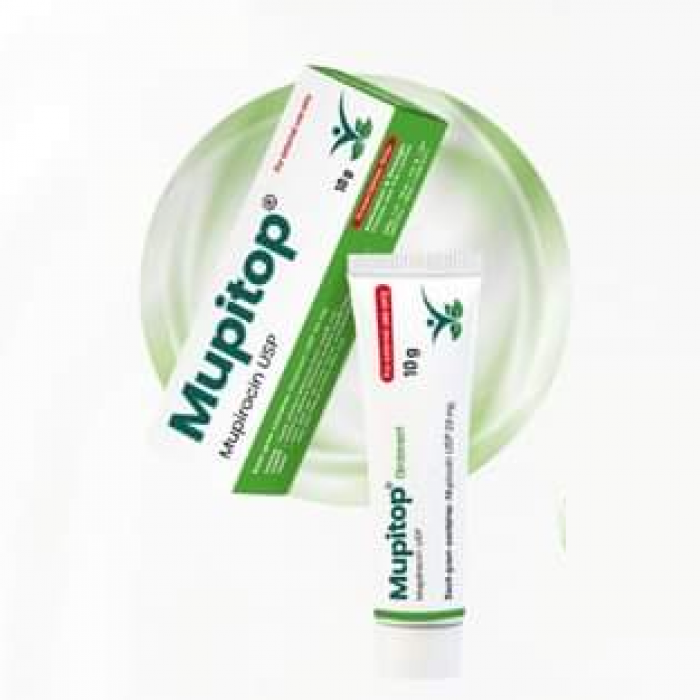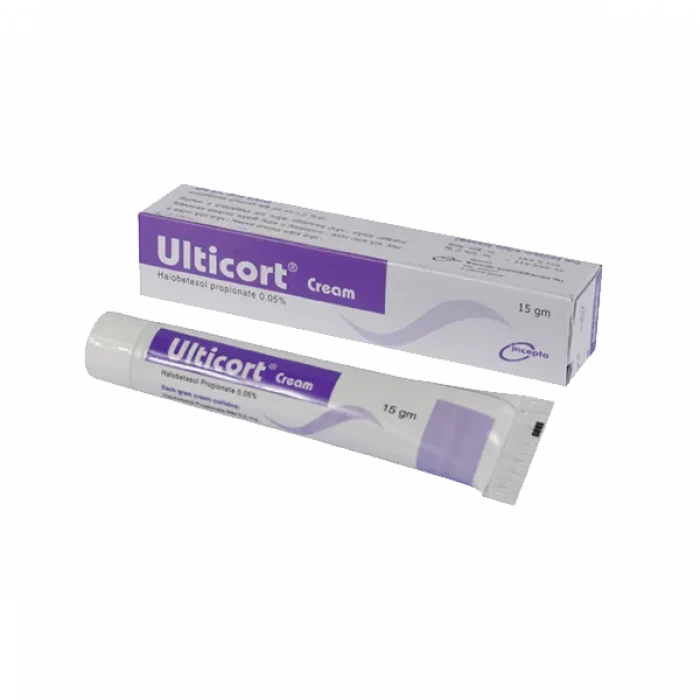
✔ 100% Authentic Product
👁️ Currently Viewing 2563
Ulticort Cream 15gm
Generic
Halobetasol Propionate
Discount
Price: ৳ 114
MRP:
৳
120
5%
Off

100% Genuine Products, Guaranteed

Safe & Secure Payments, Always

Fast, Secure & Efficient Delivery

Proper Packaging
 Cash on Delivery - All over Bangladesh
Cash on Delivery - All over Bangladesh Regular Delivery - 12-24 Hours, Dhaka City* Charge Tk.39-59
Regular Delivery - 12-24 Hours, Dhaka City* Charge Tk.39-59 Regular Delivery - 24-48 Hours, Other Cities* Charge Tk.99-110
Regular Delivery - 24-48 Hours, Other Cities* Charge Tk.99-110
 ফ্রি ডেলিভারিঃ - ৯৯৯ টাকা+ অর্ডারে, ঢাকা
শহরে
ফ্রি ডেলিভারিঃ - ৯৯৯ টাকা+ অর্ডারে, ঢাকা
শহরে ফ্রি ডেলিভারিঃ - ২৯৯৯ টাকা+ অর্ডারে, ঢাকার
বাহিরে
ফ্রি ডেলিভারিঃ - ২৯৯৯ টাকা+ অর্ডারে, ঢাকার
বাহিরে
100% Genuine Products, Guaranteed
Safe & Secure Payments, Always
Fast, Secure & Efficient Delivery
Proper Packaging
 Cash on Delivery - All over Bangladesh
Cash on Delivery - All over Bangladesh Regular Delivery - 12-24 Hours, Dhaka City* Charge Tk.39-59
Regular Delivery - 12-24 Hours, Dhaka City* Charge Tk.39-59 Regular Delivery - 24-48 Hours, Other Cities* Charge Tk.99-110
Regular Delivery - 24-48 Hours, Other Cities* Charge Tk.99-110 ফ্রি ডেলিভারিঃ - ৯৯৯ টাকা+ অর্ডারে, ঢাকা
শহরে
ফ্রি ডেলিভারিঃ - ৯৯৯ টাকা+ অর্ডারে, ঢাকা
শহরে ফ্রি ডেলিভারিঃ - ২৯৯৯ টাকা+ অর্ডারে, ঢাকার
বাহিরে
ফ্রি ডেলিভারিঃ - ২৯৯৯ টাকা+ অর্ডারে, ঢাকার
বাহিরে
✅ Description:
Indications
It is indicated for the relief of the inflammatory and pruritic manifestations of corticosteroid-responsive dermatoses.
Pharmacology
Halobetasol propionate, like other topical corticosteroids, has anti-inflammatory, anti-pruritic, and vasoconstrictive properties. In general, the mechanism of topical corticosteroids' anti-inflammatory effect is unknown. Corticosteroids, on the other hand, are hypothesized to work by inducing phospholipase A2 inhibitory proteins known as lipocortins. These proteins are thought to regulate the manufacture of powerful inflammatory mediators like prostaglandins and leukotrienes by preventing the release of their common precursor arachidonic acid. Phospholipase A2 releases arachidonic acid from membrane phospholipids.
Dosage & Administration
A thin layer should be applied to the affected skin once or twice daily, as directed by physician, and rub in gently and completely. Treatment beyond two consecutive weeks is not recommended, and the total dosage should not exceed 50 g/week because of the potential for the drug to suppress the hypothalamic-pituitary-adrenal (HPA) axis. Use in children under 12 years of age is not recommended. Halobetasol Propionate Cream should not be used with occlusive dressings. As with other highly active corticosteroids, therapy should be discontinued when control has been achieved. If no improvement is seen within 2 weeks, reassessment of the diagnosis may be necessary.
Contraindications
Patients having a history of hypersensitivity to any of the preparation's components should avoid using Halobetasol Propionate Cream/Ointment.
Side Effects
The following adverse effects have been reported infrequently with topical corticosteroids. These reactions include burning, itching, dryness, folliculitis acne, hypopigmentation, perioral dermatitis, allergic contact dermatitis, skin atrophy, secondary infections, striae and miliaria.
Pregnancy & Lactation
Topical corticosteroids should be used during pregnancy only if the potential benefit justifies the potential risk to the fetus. It is not known whether topical administration of corticosteroids could result in sufficient systemic absorption to produce detectable quantities in breast milk. Therefore caution should be exercised when topical corticosteroids are administered to a nursing woman.
Precautions & Warnings
Systemic absorption of topical corticosteroids may cause reversible hypothalamic-pituitaryadrenal (HPA) axis suppression, manifestations of cushing\'s syndrome, hyperglycemia, and glucosuria. Patients receiving large dose of a potent topical steroid applied to a large surface area or under an occlusive dressing should be evaluated periodically for evidence of HPA axis suppression by using the urinary free cortisol and ACTH stimulation tests. If HPA axis suppression is noted, an attempt should be made to withdraw the drug, to reduce the frequency of application, or to substitute a less potent steroid.
Therapeutic Class
Other Topical corticosteroids
Storage Conditions
Keep it below 30°C. All drugs should be kept out of the reach of youngsters.
⚠️Disclaimer:
At ePharma, we’re committed to providing accurate and accessible health information. However, all content is intended for informational purposes only and should not replace medical advice from a qualified physician. Please consult your healthcare provider for personalized guidance. We aim to support, not substitute, the doctor-patient relationship.




